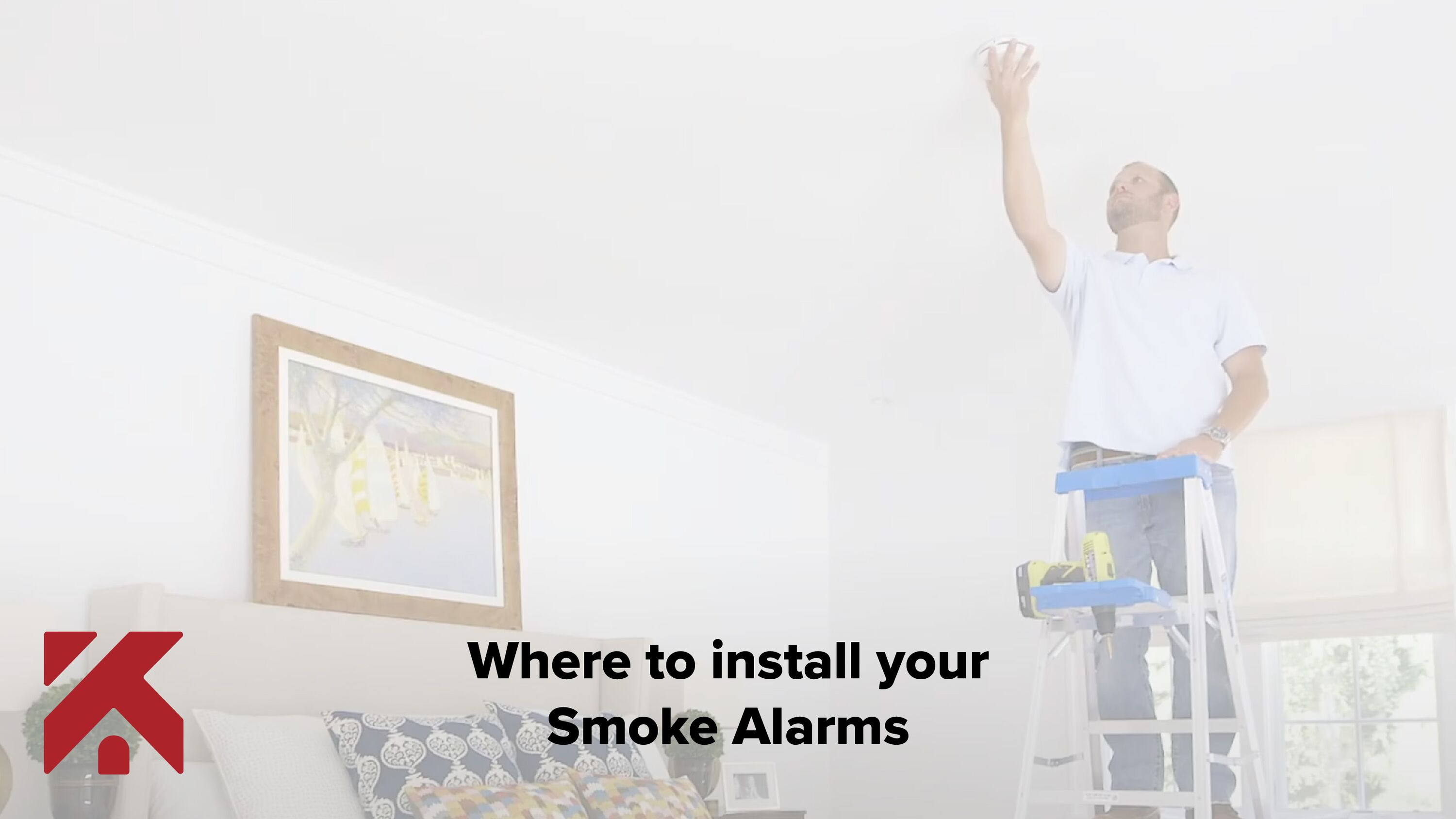Wire-Free Interconnected Battery Powered Smoke Alarm
P4010DCS-WThe P4010DCS-W is a 10-year, sealed battery smoke alarm that features supervised wire-free interconnect capability and provides enhanced intelligibility for users. The voice warning feature accompanies the 85dB tone during an alarm event, and helps reduce confusion with verbal announcements such as “Replace alarm” at end of alarm life, and “Hush mode activated” when a nuisance alarm is silenced.
10-Year Sealed Lithium Battery Eliminates late night battery chirp!
Voice Notifications
Bug Screen -Protects alarm from insect ingression
Flashing LED Status Ring allows easy identification of current state of alarm
Click on the video to learn more about how to install your Kidde Smoke alarm.
Why Kidde
As North America's #1 home fire safety brand,* Kidde has been working to help make your home the safest it can be for more than 100 years. Now, our latest smoke alarms and combination smoke + carbon monoxide (CO) alarms are bringing you the next level of fire and CO safety. Help protect what matters most in your life with features like cutting edge technology that send fast alerts to give your family more time to get out safely. And enhanced sensing technology that reduces false alarms often caused by cooking.
*Based on total household installations as of December 2023.
